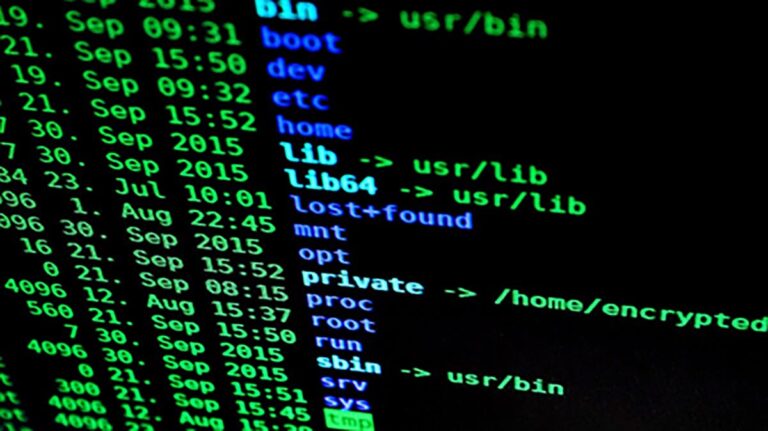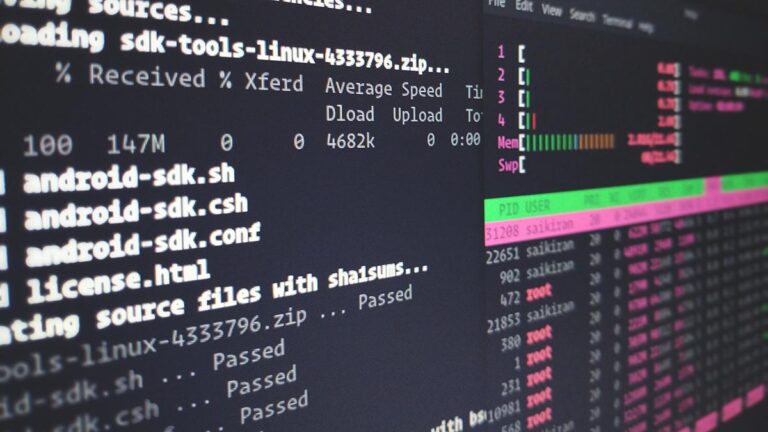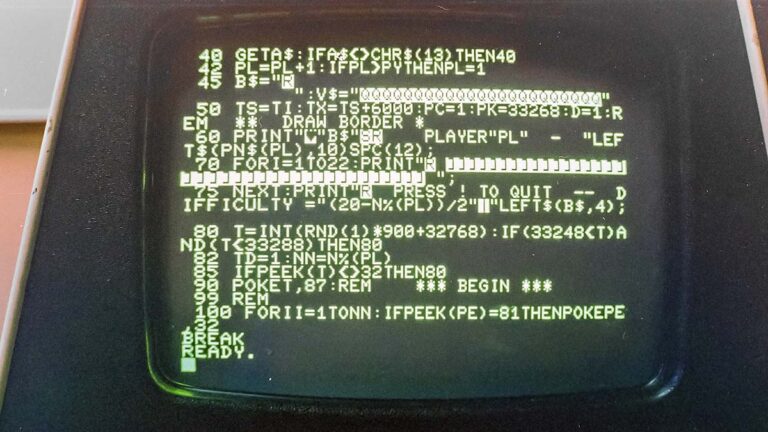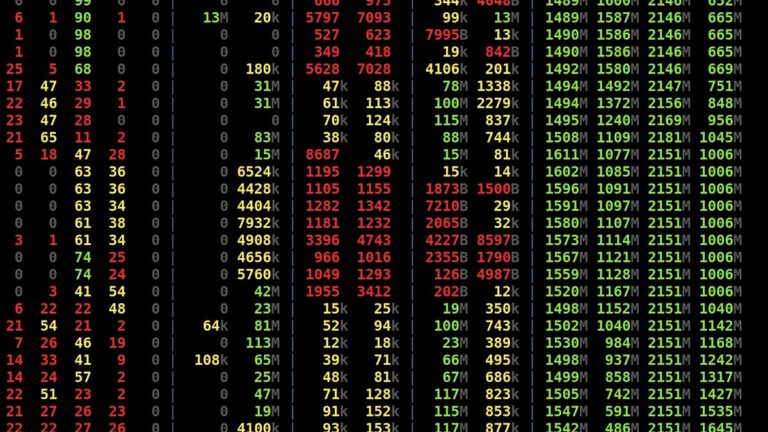Physical Address
304 North Cardinal St.
Dorchester Center, MA 02124
Physical Address
304 North Cardinal St.
Dorchester Center, MA 02124
Articles about different tools, apps and aids.

This article contains a step-by-step, example project that shows how to create a Git repository from scratch, make the first commit, navigate around the repo, and perform fundamental operations like staging, committing, branching, and merging.

Advanced Git operations, from Stashing changes with git stash, and Tagging releases with git tag to Cherry-picking with git cherry-pick, Undoing commits with git revert and git reset.

Git is an essential tool. In this guide, we’ll look at what Git is, why it matters, and how to get started using it. By the end, you’ll have a solid understanding of Git basics and an established workflow you can apply to any project.

This guide provides a comprehensive overview of searching inside file contents using Linux commands. By mastering tools like grep, awk, sed, and others, you can perform efficient and targeted searches, even in complex scenarios.

By combining file with tools like grep, cmp, and diff, you can create efficient workflows for searching and comparing files in Linux. These methods are invaluable for debugging, auditing, and managing files in development and system administration tasks.

The following article is a Timeline of Linux Commands. Of course, before Linux even existed, there was Unix. This article will offer you a timeline of commands, from the early 70s into the mid 2020s.

The file command is one of the most useful tools for not only finding files but also searching through their contents. This is a complete guide and cheatsheet for the file command.

The Rsync Daemon operates as a server, enabling efficient synchronization and transfer of files. Unlike standard Rsync operations over SSH, the daemon provides fine-grained control via a dedicated configuration file.

Rsync guide and cheatsheet, the most powerful and versatile remote file transfer and retrieval tool.

Permanently and securely wiping your hard drive is an easy task, these are the four easiest and most useful tools using algorithms certified by the DoD.